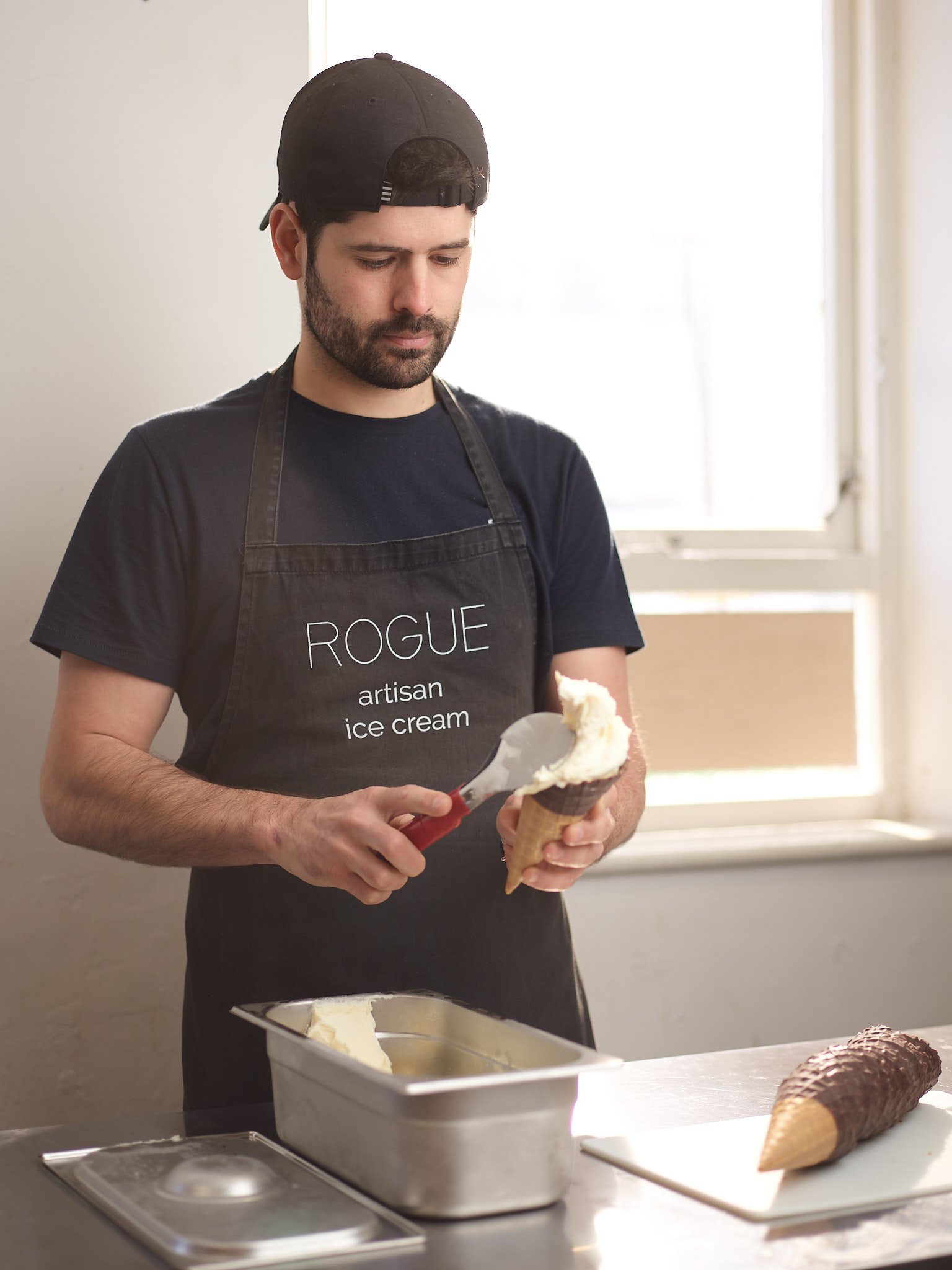My story so far.
I graduated from Aberystwyth University, Wales, in 2007 with a degree in law and started law school in 2008. I realised in the first week that a career in law wasn’t for me and swiftly dropped out.
I moved to Cameroon a few months later to volunteer as an English teacher. I then spent the next 9 years teaching English in the UK, Spain, South Korea, Japan, Portugal, and Kuwait.
In 2011, I started this blog in order to publish my research into ice cream production.
In 2017, I started Rogue Artisan Ice Cream, a small-batch ice cream business, in my tiny one-bedroom flat in Manchester, UK.
In 2018, I entered my Sicilian Bronte Pistachio and my Single-Origin Sumatran Coffee in the prestigious Great Taste Awards where both were awarded the highest rating, 3 GOLD STARS; only 192 products of 12,634 were awarded 3 GOLD STARS. My Sicilian Bronte Pistachio then went on to finish in the top 17 out of 12,634 products entered by winning the Golden Fork for the north of England award.
I now split my time between Rogue Artisan Ice Cream, publishing content on this blog, and working with ice cream businesses around the world as an ice cream consultant.
I think that’s about it so far.
Ruben

